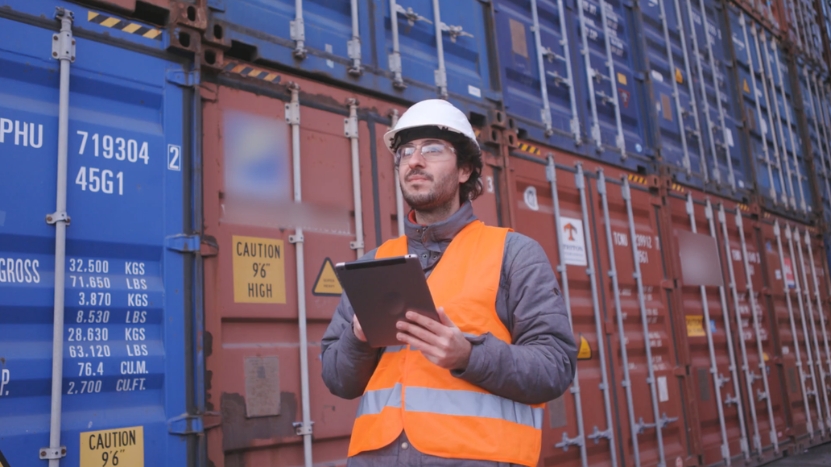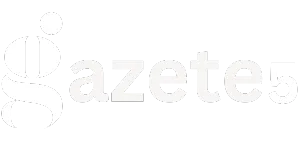Commercial transport keeps economies moving. Trucks, buses, aircraft, trains, and ships carry not just goods but also the responsibility of protecting lives.
When safety slips, the consequences are severe: human loss, damaged reputations, and business disruption. One of the most reliable shields against such risks is the adoption of quality standards.
Done right, standards transform safety from a vague promise into a structured, measurable way of operating.
Let’s walk through how quality standards shape safety across road transport, aviation, maritime, and rail. We will also look at real data, frameworks, and practical examples so you can see where they truly make a difference.
Key Highlights
Why Quality Standards Are Decisive for Safety

Quality standards matter because they:
- Define repeatable processes. Instead of relying on memory or individual judgment in high-pressure moments, teams have a structured playbook.
- Make safety auditable. If something can be measured, it can be managed and improved.
- Create a common language. Operators, regulators, and suppliers can communicate and fix issues faster when they are working with the same definitions and metrics.
In practice, the most effective safety programs use a blend of management system standards, technical rules, and enforcement.
Management systems build culture and accountability, technical standards set minimum requirements, and enforcement ensures both are applied consistently.
The Big Picture in Numbers
- Worker risk in transport remains high. The U.S. Bureau of Labor Statistics reported 930 worker fatalities in transportation and warehousing in 2023, with nearly 72 percent caused by transportation incidents.
- Motor vehicle crashes are the leading work-related killer. From 2011 to 2022, more than 21,000 U.S. workers lost their lives in roadway crashes while on the job, according to the CDC.
- Aviation highlights the power of standards. The International Air Transport Association’s 2024 Safety Report showed an all-accident rate of 1.13 per million flights. Airlines on the IOSA registry consistently outperform non-IOSA carriers, with accident rates nearly three times better since 2005.
The message is simple: structured safety frameworks reduce risks when they are applied consistently and monitored carefully.
Road Transport
According to ISO:
Management System Standards
- ISO 39001 Road Traffic Safety (RTS). Gives fleets a systematic way to reduce crashes, tying in routing, scheduling, subcontractors, and speed management. It reflects the Safe System approach, looking beyond driver behavior to the entire transport environment.
- ISO 45001 Occupational Health and Safety. Broader than transport, but crucial since many workplace fatalities involve vehicles. It improves governance, worker participation, and performance tracking.
Both standards give fleets a framework to measure risks and track key performance indicators like speeding events, fatigue alerts, or subcontractor compliance.
Technical and Social Rules
- Driving time and rest regulations. The EU’s rules cap hours and enforce breaks using tachographs. Michelin Connected Fleet explains that smart tachograph version 2 devices make cross-border enforcement easier. These rules directly target fatigue, a leading crash factor.
- Vehicle design standards. European underrun protection rules are a clear lifesaver, with research showing they can cut fatalities in car-to-lorry collisions by about 12 percent.
- Periodic inspections. Evidence suggests mixed safety impact. Inspections reduce technical defects but show limited crash reduction overall. The practical lesson: focus on high-risk components and combine inspections with roadside checks.
Digital Enforcement and Data
- Electronic Logging Devices (ELDs). Cut paperwork and expose violations, but evidence on crash reduction is mixed. They should be paired with fatigue management and smart scheduling. They should be paired with fatigue management, smart scheduling, and high-quality tires supported by Hubtrac technology.
- Compliance, Safety, Accountability (CSA) scores. Used in the U.S. to target high-risk carriers. Criticized for data gaps, but still a valuable tool when operators fix root causes like poor maintenance or speeding instead of chasing metrics.
Practical Levers for Fleets
Aviation
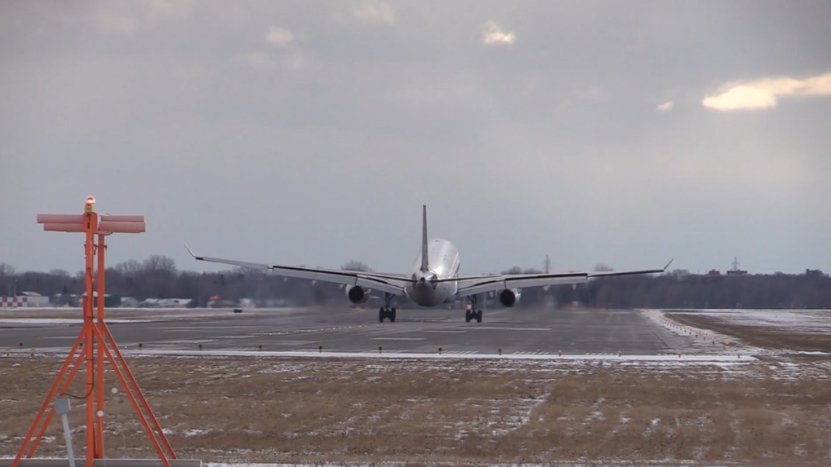
The Core Standards
- ICAO Annex 19 and Safety Management Systems. Mandates safety programs for air operators, maintenance organizations, and airports. Focuses on policy, risk management, and assurance.
- IATA IOSA audits. IOSA-registered airlines have performed dramatically better on accident rates. Independent audits and corrective actions create real accountability.
- Maintenance Quality Standards. FAA Part 145 and EASA Part-CAMO require quality manuals, tool calibration, and traceability in airworthiness. These rules ensure problems are caught long before they become failures.
Expanding Safety Management
In 2024, the FAA extended SMS requirements to charter and commuter operators, air tour providers, and aircraft manufacturers after several high-profile lapses.
This widens the safety net and addresses weak spots.
What Leaders Can Do
Maritime
View this post on Instagram
A post shared by CDG Training Private Limited (@cdgtrainingprivatelimited)
Shipping has a unique challenge: crews operate far from regulators for long stretches. That’s where the International Safety Management (ISM) Code steps in.
What ISM Requires
According to the International Maritime Organization, you will need:
- Documented policies
- Defined lines of authority
- Training and reporting systems
- Internal and external audits
Effectiveness
- Studies show ISM has cut human-error-related casualties and fostered a stronger safety culture.
- Research highlights that real compliance, where companies treat ISM as operational practice rather than paperwork, drives results.
- IMO casualty analyses still identify risk assessment and training gaps, showing that standards need continuous reinforcement.
Best Practices
Rail and Transit
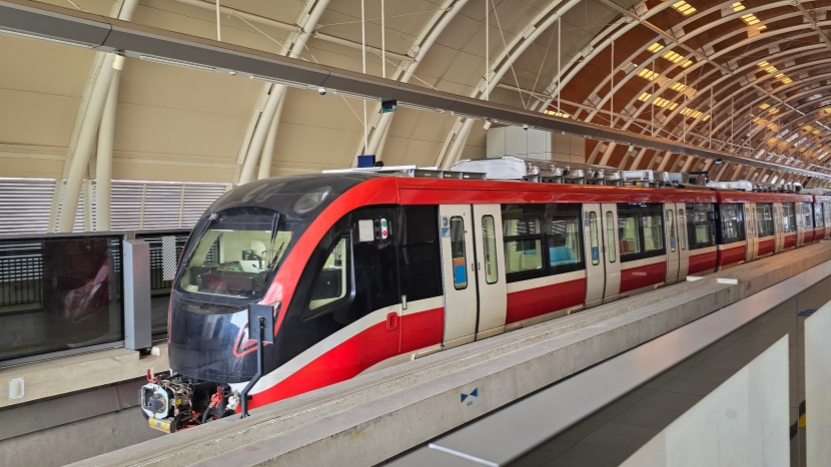
Engineering Standards
According to TUV SUD:
- EN 50126/28/29 (RAMS lifecycle). These standards ensure risks are addressed from design through decommissioning, including rigorous software safety validation.
- FRA Rules in the U.S. (2024-2025). New mandates cover freight car safety, dispatcher certification, image recorders, emergency gear, and crew sizes. Each requirement pushes safety deeper into operations.
Safety Management for Rail Transit
- FTA SMS requirements. Codify hazard identification, risk evaluation, and safety targets.
- Worker protection rules. Stronger protections for roadway workers reduce accidents on tracks.
Reporting Culture
Confidential reporting systems, similar to aviation’s, help rail operators catch weak signals early. While not universal, carriers that use them report measurable gains.
Quality Standards in Transport
| Mode | Core Management Standards | Key Technical/Regulatory Standards | Documented Effects |
| Road freight & bus | ISO 39001, ISO 45001 | EU driving/rest rules, tachographs, underrun protection, inspections | Reduced fatigue violations, strong evidence for underrun protection, mixed inspection impact |
| Aviation | ICAO Annex 19 SMS, operator SMS | IATA IOSA, FAA Part 145, EASA Part-CAMO | IOSA carriers nearly 3x safer; SMS expansion targeting commuter ops & manufacturers |
| Maritime | ISM Code | SOLAS, IMO guidance | Linked to lower human-error casualties, stronger safety culture |
| Rail & transit | EN 50126/28/29 RAMS, FTA SMS | FRA equipment & crew rules, worker protection standards | Higher engineering discipline, stronger worker safeguards |
Implementation Playbook for Transport Leaders
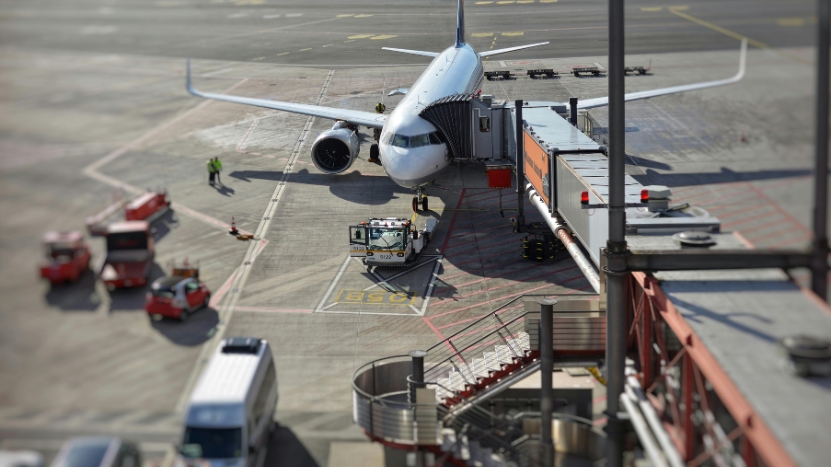
1. Pick the right standard backbone
- Road: ISO 39001 with ISO 45001
- Aviation: ICAO SMS, IOSA, Part 145/EASA Part-CAMO
- Maritime: ISM Code as lived practice
- Rail: EN 50126 RAMS plus agency SMS
2. Set KPIs that shape behavior
- Near-miss reports per 10,000 hours
- Fatigue alerts per 100 driver hours
- Overspeed events per 1,000 km
- Preventable crash rates
3. Make enforcement data actionable
- Use tachographs to redesign schedules, not punish drivers.
- In the U.S., focus on root causes behind CSA scores.
4. Engineer risk out by design
- Fit underrun protection and AEB in fleets.
- Treat rail and aviation software changes as safety-critical.
5. Build a reporting culture
- Promote confidential close-call reporting.
- Treat higher near-miss reporting as a success.
Common Pitfalls to Avoid
Pulling It All Together
@qualitywheelsinc The Secure Roads and Safe Trucking Act (HB1569) has been introduced to crack down on non-citizens working as commercial truck drivers. The bill mandates a U.S.-issued CDL to operate a commercial vehicle and requires English proficiency. Violators could face fines up to $5,000 and potential felony charges for serious offenses, including causing accidents. Trucking companies that hire ineligible operators may also face $10,000 fines. This legislation aims to enhance safety on our roads and could take effect immediately upon passing! Video: Mutha Trucker . Ready to take your career to the next level? 🚚 Call us to apply: (224) 788 – 3090 . #ForYouPage #FYP #truckdriver #TruckerLife #TruckingNews #Trucking #Logistics #Arkansas #TruckSafety #SecureRoads #CommercialDriving #HB1569 #PublicSafety #TransportationPolicy ♬ original sound – Quality Wheels Inc.
Quality standards don’t remove risk completely, but they shift the odds. Aviation’s IOSA and SMS experience shows how systematic frameworks cut accidents. Road transport benefits from ISO 39001 and strict fatigue controls.
Every day, drivers ask why a car shakes at high speeds, and in many cases, the answer traces back to missing or ignored maintenance standards.
Maritime’s ISM Code reshaped culture at sea. Rail’s RAMS and SMS enforce discipline long before wheels turn. The real lesson is that standards must be more than certificates.
They should function as operating systems for safety.
Write procedures in clear language. Measure the right leading and lagging indicators. Treat near-miss reports as wins. And keep every audit cycle focused on making the next operation safer than the last.

